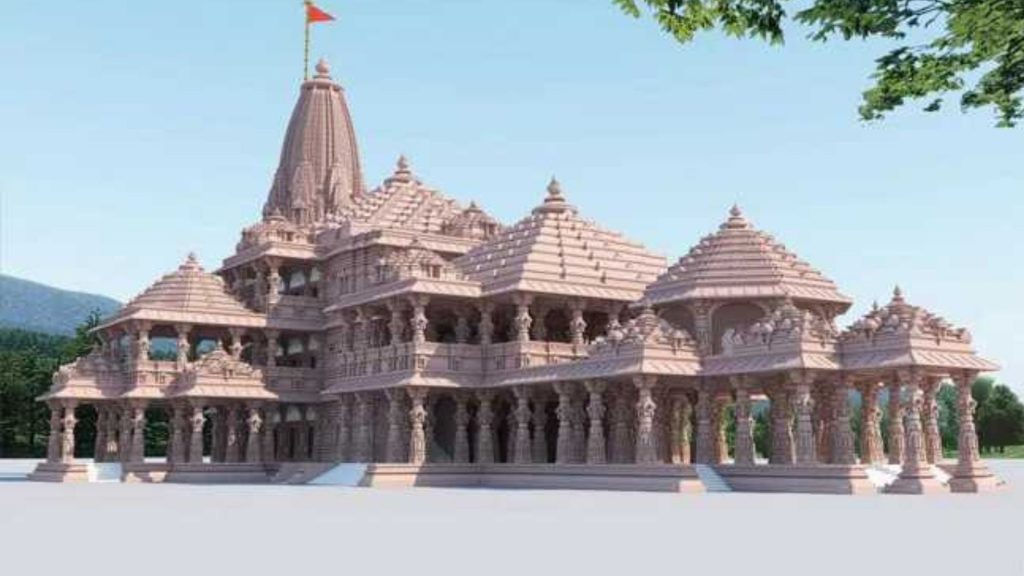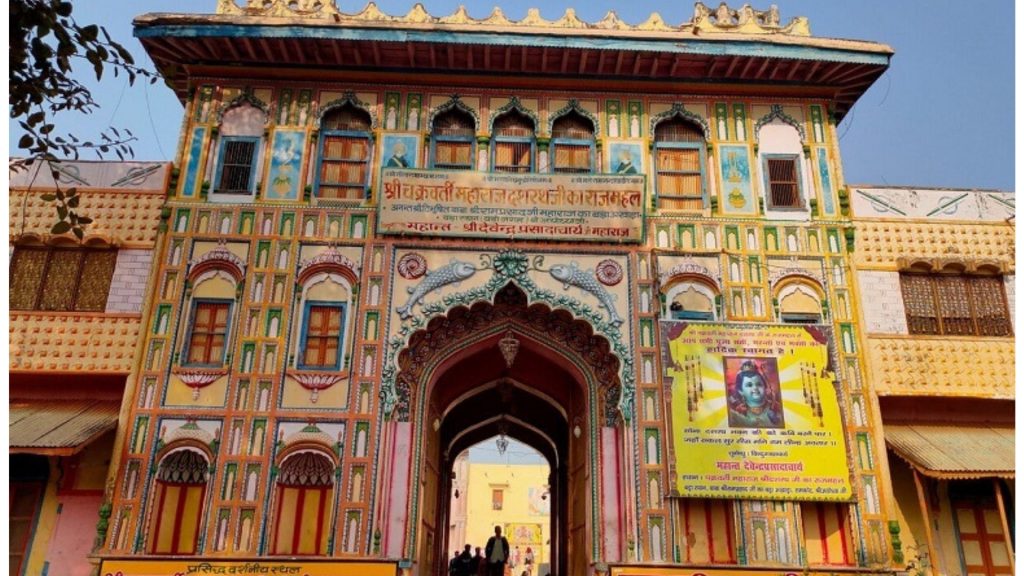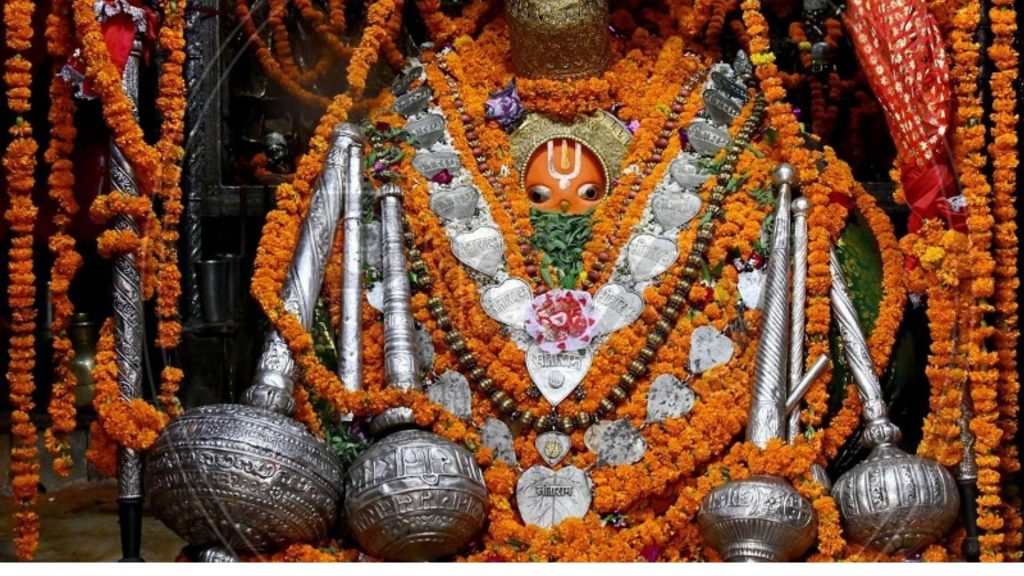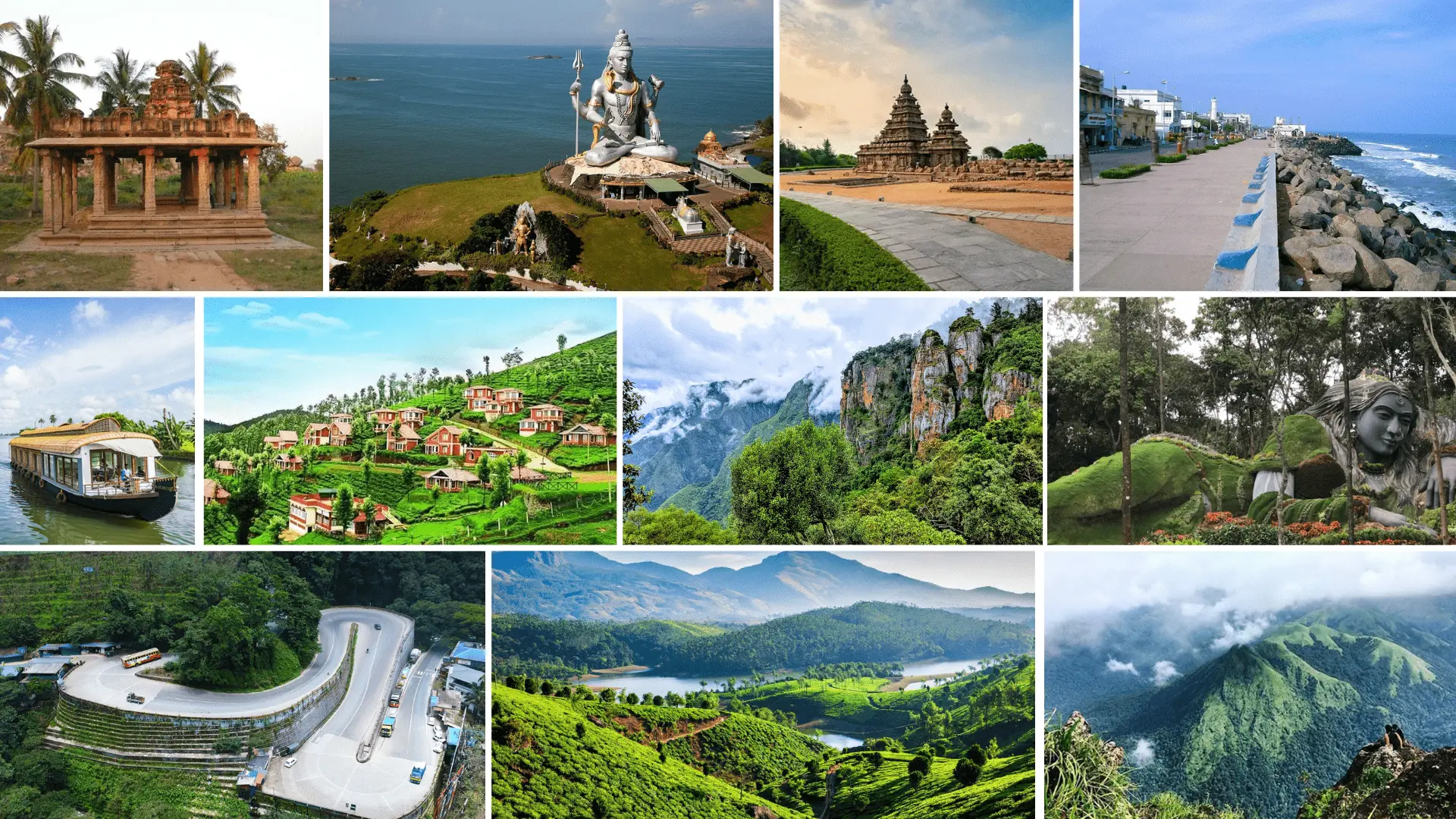Ramjanma Bhoomi, Ayodhya Overview
Overview: Translated as “Ram’s Birthplace,” Ram Janmabhoomi holds profound spiritual significance as the believed birthplace of Lord Ram, the seventh incarnation of Lord Vishnu in Hinduism. Situated in Ayodhya along the banks of the river Sarayu, this sacred ground is central to the narrative of the Indian epic Ramayan.
Historical and Cultural Significance: Ram Janmabhoomi has been at the heart of historical and cultural debates, especially concerning the existence of a Hindu temple beneath the Babri Masjid, a mosque built during the Mughal era. The site gained widespread attention due to conflicts and legal battles over its ownership.
Ancient Buddhist Era (600 BC): The roots of the present-day Ram Janmabhoomi trace back to the ancient Buddhist era around 600 BC. During this period, the site was a Chinese Buddhist settlement, boasting more than 100 sacred sites by the 5th century. It served as a center of Buddhist culture and spirituality.
Gupta Dynasty and Kanauj Dynasty (600s – 1000s): The region, including the Ram Janmabhoomi, witnessed transitions from the Gupta Dynasty in the 6th century to the rise of the Vaishnava clan of the Gahadalavas known as the Kanauj Dynasty in the 11th century. This era saw the establishment of various shrines and stupas, reflecting the cultural and religious diversity of the time.
Delhi Sultanate and Mughal Rule (11th – 1700s): In the subsequent centuries, the Ram Janmabhoomi became part of the Delhi Sultanate during the 11th century before falling under the rule of the Mughals in the 1700s. Notably, it was during the Mughal period that the Babri Masjid was constructed on the site, adding a layer of historical and religious significance to the region.
British Colonial Period (19th – Mid-20th Century): The 19th century marked the Ram Janmabhoomi’s association with the British colonial rule, as the region became an active British colony. This period witnessed the interplay of colonial dynamics, further shaping the cultural and socio-political landscape of the area.
Contemporary Era and Spiritual Renaissance: The Ram Janmabhoomi, over the centuries, has endured multiple cultural and religious shifts, embodying the historical tapestry of India. The contemporary era has seen the site evolving as a focal point of religious sentiments and a symbol of spiritual renaissance, culminating in the recent developments related to the construction of the Ram Temple.
The historical journey of the Ram Janmabhoomi reflects the ebb and flow of diverse civilizations, cultural influences, and religious transitions, contributing to its multifaceted identity as a revered sacred site.

Dasrath Bhavan
Location and Significance: Situated 2 km away from Ayodhya Junction, Dashrath Bhavan stands as a religious sanctuary in the heart of Ramkot, Ayodhya. This revered site holds immense significance, drawing visitors as a prominent destination within Ayodhya Packages.
Historical Connection: Dashrath Bhavan is believed to occupy the same hallowed grounds where the original palace of King Dashrath, the ruler of Ayodhya and father to Lord Sri Rama, once stood. Legend has it that Lord Ram, along with his siblings, spent their formative years in this very vicinity. Often referred to as Bada Asthan or Badi Jagah, this picturesque palace features an adorned entrance adorned with exquisite paintings.
Architectural Delight: The palace encompasses a sacred shrine adorned with idols of Shri Ram, Lakshman, and Sita. Within its confines, saffron-clad monks engage in the chanting of mantras, melodic singing, and joyful dancing. Despite appearing smaller in scale compared to its historical predecessor where King Dashrath might have resided, Dashrath Bhavan emanates a magnetic charm, particularly during festive occasions such as Ram Vivah, Karthik Mela, Diwali, Ram Navami, and Shravan Mela.
Spiritual Vibrancy: Dashrath Bhavan stands as a testament to the enduring spiritual vibrancy of Ayodhya. Pilgrims and devotees flock to this sacred abode, immersing themselves in the aura of devotion and the echoes of ancient tales. The palace not only serves as a physical reminder of Ayodhya’s rich history but also as a living testament to the continued reverence for Lord Ram and the cultural heritage woven into the fabric of the city.
Festive Celebrations: During various festivities, Dashrath Bhavan transforms into a hub of joy and celebration. The air is filled with the fervor of religious rituals, devotional hymns, and the collective spirit of devotees coming together to commemorate the divine events associated with Lord Ram.
Dashrath Bhavan, nestled within the sacred landscape of Ayodhya, invites visitors to embark on a spiritual journey, exploring the historical tapestry of the city and partaking in the vibrant celebrations that unfold within its ornate walls.

Hanumangarhi, Ayodhya Overview
Historical Significance: Situated in Sai Nagar, Hanuman Garhi stands as a venerable 10th-century temple dedicated to the revered Hindu deity, Hanuman. Among the significant temples in Ayodhya, Hanuman Garhi holds a special place as it is customary for pilgrims to pay their respects here before proceeding to the Ram Temple. Legend has it that Lord Hanuman resided at this sacred site, serving as a guardian of Ayodhya.
Architectural Marvel: Ascending to the temple is a pilgrimage in itself, marked by a staircase featuring 76 steps that lead to the entrance. Perched atop a hill, Hanuman Garhi offers a breathtaking panoramic view of the surrounding hills. Within the temple precincts, a 6-inch-tall idol of Lord Hanuman takes center stage. The main temple includes an interior cave adorned with numerous statues, portraying Lord Hanuman and his mother, Maa Anjani.
Religious Festivals: Hanuman Garhi becomes a focal point of religious fervor during the celebrations of Ram Navami and Hanuman Jayanti. These auspicious occasions, commemorating the births of Lord Ram and Lord Hanuman, attract throngs of devotees who seek blessings and spiritual solace in the divine atmosphere of the temple.
Guardian of Ayodhya: The temple’s association with Lord Hanuman as the protector of Ayodhya adds to its spiritual significance. Pilgrims, locals, and visitors alike embark on a spiritual journey to seek the benevolence and divine presence of Lord Hanuman at Hanuman Garhi.
Cultural Harmony: Hanuman Garhi not only symbolizes religious reverence but also stands as a testament to the cultural harmony embedded in Ayodhya’s heritage. Pilgrims from diverse backgrounds and beliefs unite in their devotion to Lord Hanuman, fostering a sense of unity and shared spiritual purpose.
Visiting Tradition: The age-old tradition of first paying homage at Hanuman Garhi before proceeding to the Ram Temple underscores the integral role this temple plays in the religious narrative of Ayodhya. Pilgrims experience a profound connection with the divine, fortified by the serenity and sacred ambiance of Hanuman Garhi.
Hanuman Garhi, nestled in the spiritual tapestry of Ayodhya, invites devotees and seekers to climb its sacred steps, partake in the religious festivities, and bask in the divine aura of Lord Hanuman, the eternal guardian of Ayodhya.


























